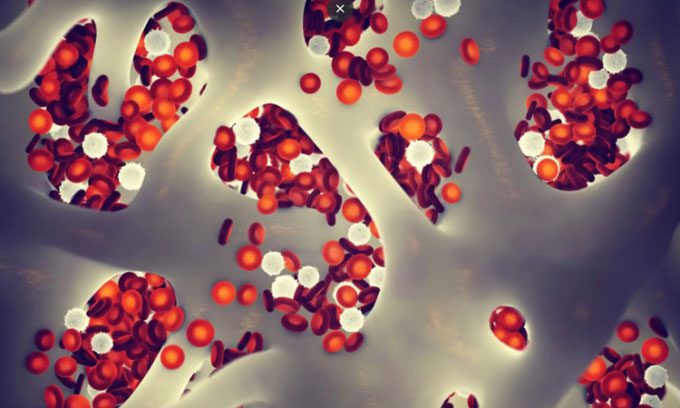Scientists Discover That Injecting Young Blood into Old Mice May Rejuvenate Mature Stem Cells and Surrounding Somatic Cells.
A team of experts at the Chinese Academy of Sciences (CAS) has uncovered a “vampire technique”, whereby injecting young blood into old mice can potentially extend their lifespan. The new research was published in the journal Cell Stem Cell on May 24.

Injecting young blood into old mice may help them live longer.
The research team found that exposure to old blood could accelerate the aging process of various cell types and organs in young mice, while pumping young blood into old mice could rejuvenate mature stem cells and surrounding somatic cells. They further identified that Hematopoietic Stem and Progenitor Cells (HSPC)—the type of stem cells that produce immune and other blood cells—are among the most sensitive to young blood.
“Most previous research has only demonstrated the phenomenon of rejuvenation without revealing sufficient details about the essential mechanisms,” said Ma Shuai, the lead author of the study and an expert at the Institute of Zoology and the Institute of Genetics at CAS. Ma noted that the new research aims to provide scientific evidence and answer the question of how young blood activates responses in old cells.
Scientists have been intrigued by the anti-aging properties of young blood since at least the late 1950s, when the first studies on the subject were published. By the early 2000s, the topic began to attract increasing interest.
To explore the aging process, researchers developed a technique called heterochronic parabiosis, in which a young mouse and an old mouse share a circulatory system, allowing scientists to assess how tissues and organs respond at a systemic level. In 2005, scientists at Stanford University found signs of rejuvenation in the muscles and livers of old mice after supplementing them with young blood for a month.
In the new study, the Chinese experts isolated and compared over 164,000 individual cells in 7 organs over 5 years to determine the mechanisms by which heterochronic parabiosis affects aging and rejuvenation.
They reported that the rejuvenating effects in old mice stem from the activation of aging HSPC cells rather than from the migration of young HSPC cells into the bone marrow. “Our research forms a resource that can be leveraged to enhance the general understanding of factors related to aging and how to target them to mitigate aging,” the research team stated.
While the new study was conducted on mice, many scientists and companies are also interested in the potential for human rejuvenation. Ambrosia, a U.S.-based startup, previously proposed the transfusion of plasma from young donors—1.5 liters at a time and injected over two days. This method was criticized by the U.S. Food and Drug Administration in 2019 as being “unsafe and ineffective.”


















































